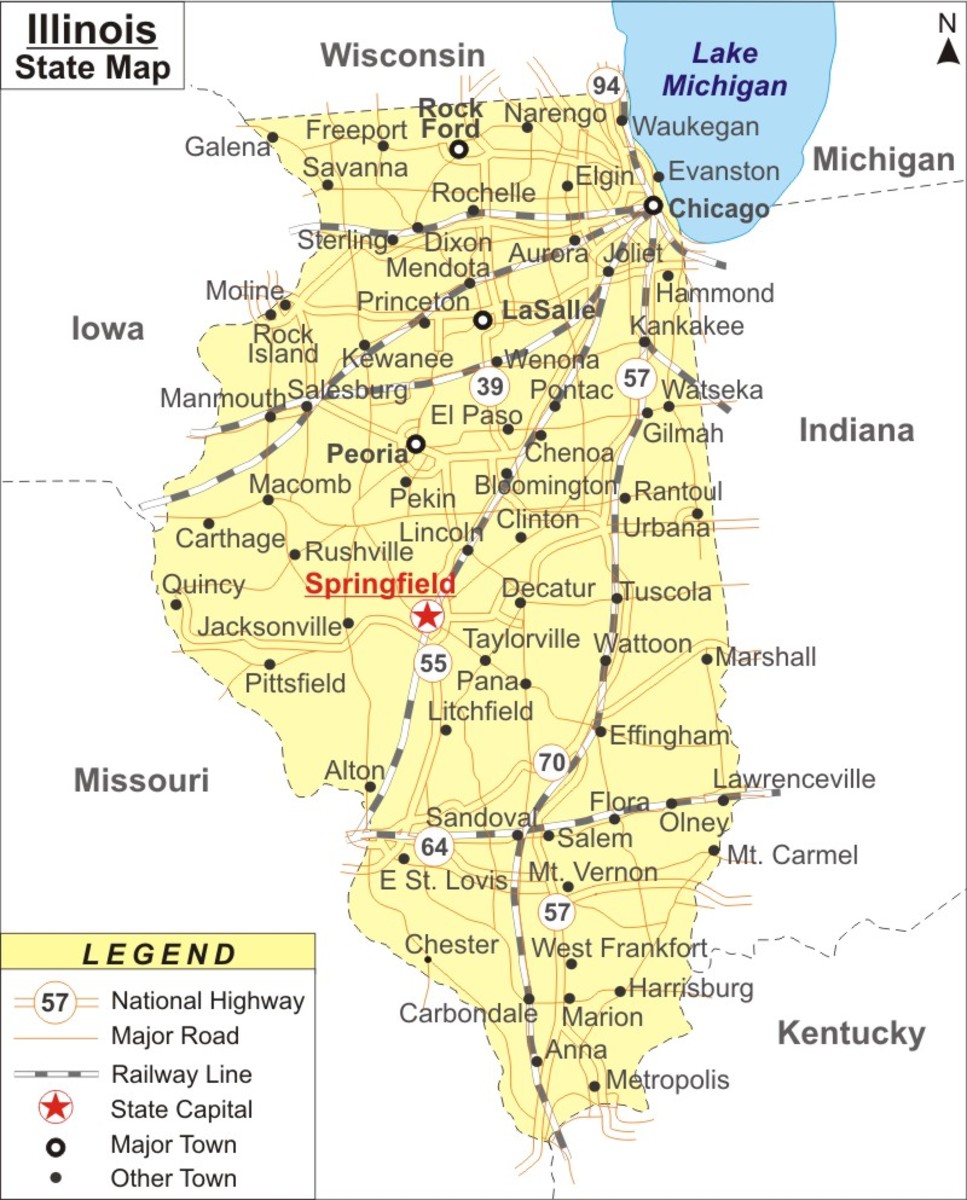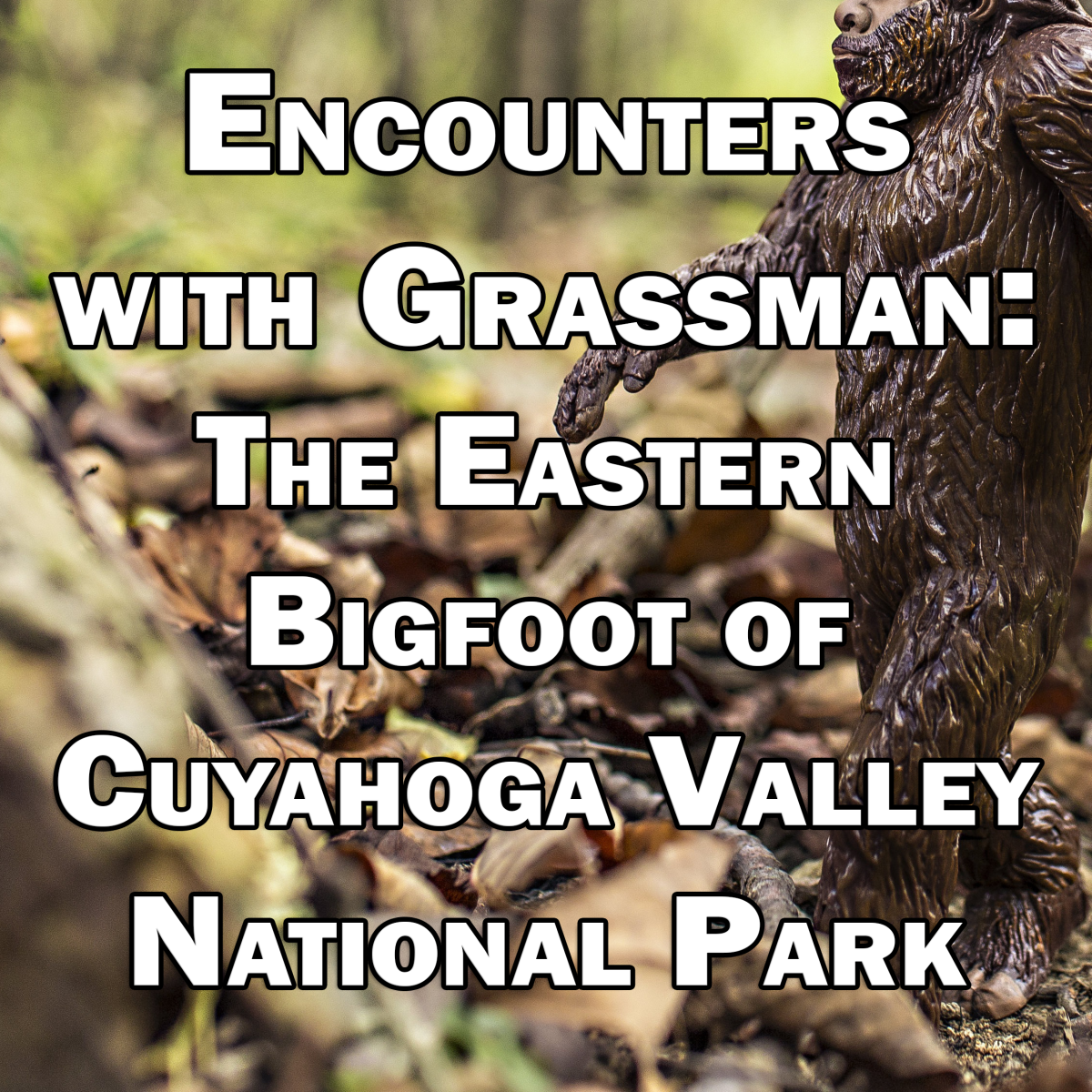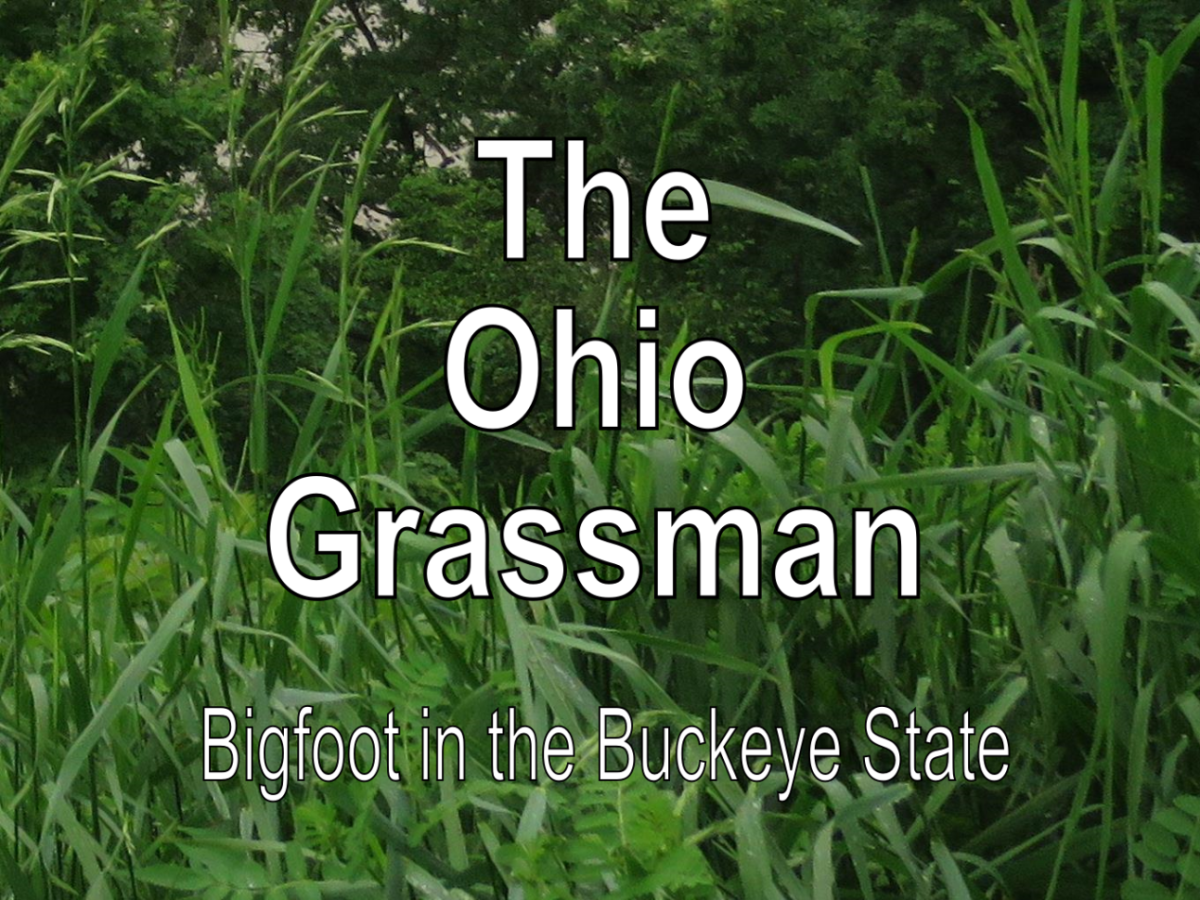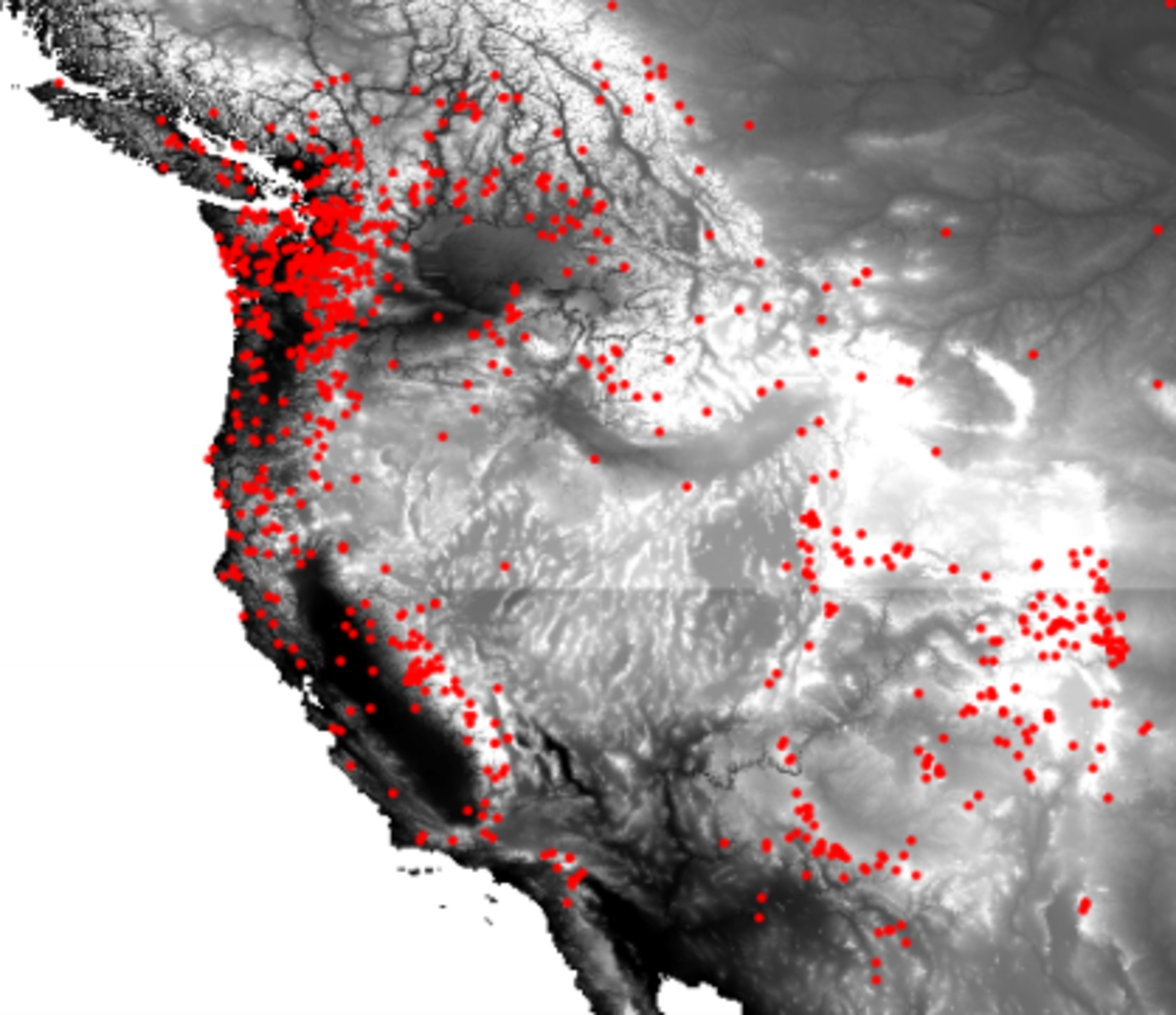- HubPages»
- Education and Science»
- Sociology & Anthropology»
- Folklore & Mythology»
- Legendary Creatures & Cryptids»
- Forest Creatures
How Do You Find Bigfoot?
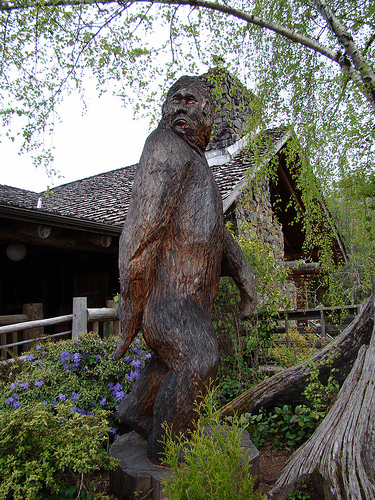
How do you find bigfoot? Hundreds of cryptozoologists, people who study animals that haven’t been proven to exist, have asked themselves this question and committed countless hours to finding its answer. Bigfoot, or as it’s known in other parts of North America, sasquatch, has been the elusive subject of many expeditions, but still no one has yet captured proof of its existence. Outlined below are some tips for where and how to look for bigfoot.
What is Bigfoot?
Eyewitness accounts of encounters with bigfoot describe it as being a very large, muscular, hairy apelike creature. Some believe that bigfoot is related to humans and that it may be a missing link in the evolution of modern humans. In fact, one of the most popular theories about bigfoot’s identity is that bigfoot is it is actually a surviving population of gigantopithecus.
Gigantopithecus was an ape that lived 8 million years to as recently as 300,000 to 100,000 years ago. Fossil remains indicate that gigantopithecus was nearly 10 feet tall and weighed over 1,000 pounds. The majority of giganotpithecus fossils have been found in China, Vietnam, and India. However, no complete skeletal remains of a gigantopithecus have been found. This makes it difficult to get a complete idea of the appearance of gigantopithecus. It is still unknown whether gigantopithecus walked on two legs (bipedal) or walked on all fours, as popular theory suggests. Most of the fossil evidence indicates that gigantopithecus is actually a closer relative of modern orangutans divergent from the descriptions of bipedal bigfoot.
Eyewitness descriptions of bigfoot indicate that it is between 7 and 10 feet tall. The creature’s body is covered in hair, usually reddish-brown, dark brown, black, or even gray. The hair is usually long, between 3 inches to 2 feet long. Its coat has been described as varying from smooth to matted.
In addition, while these are the classic Bigfoot presentations, there are variations on the standard description. For example, specimen in the Eastern United States are sometimes described as being thinner with two-toned facial hair. There are even related reports of wild apes in North America, situated largely along the river valleys of the eastern United States.
The Pacific Northwest has been the location of numerous alleged sightings.
Bigfoot Habitat
Most of North American bigfoot encounters have taken place in largely wooded areas, near mountains or swamps. The trees and brush provide shelter, access to foods, and camouflage for the creatures. Bigfoot is largely believed to subsist mostly on vegetation, small animals, larger game, such as deer, and fish and shellfish. Some bigfoot encounters described by hunters suggest that bigfoot may sometimes take hunter killed game. And, bigfoot are usually seen in habitat with close proximity of fresh water, providing a source of drinking water for the creatures.
Accounts indicate that bigfoot does build shelters for itself. Most often, the shelter uses a tree or a naturally occurring cave. The shelters are often padded with leaves or moss to provide an ideal place for the creature to sleep or rest.
Bigfoot Behavior
Although bigfoot sightings occur during daylight and nighttime hours, it is largely believed that it is a nocturnal creature, meaning that it is most active at night. Bigfoot seems to prefer to avoid contact with humans, and it has been assumed since they are often spotted alone that they prefer a solitary and secluded lifestyle.
Lending credence to the theory that bigfoot are nocturnal creatures is that they often produce vocalizations at night. Researchers who have studied bigfoot often indicate that bigfoot remain quiet during the day, aside from the noises they produce as they move through their environment. But, they have attributed certain nighttime vocalizations to bigfoot. These vocalizations have been described as moans, howls, growls, and grunts. According to researchers, the sounds are very humanlike.
In conclusion, the next time you are in bigfoot territory – the woods, mountains, marsh, and swamp areas, walk quietly and keep your eyes and ears open. While no one has yet to produce conclusive proof of the existence of bigfoot, it is possible that someone in the right place at the right time will one day be prepared to capture irrefutable proof of its existence.


